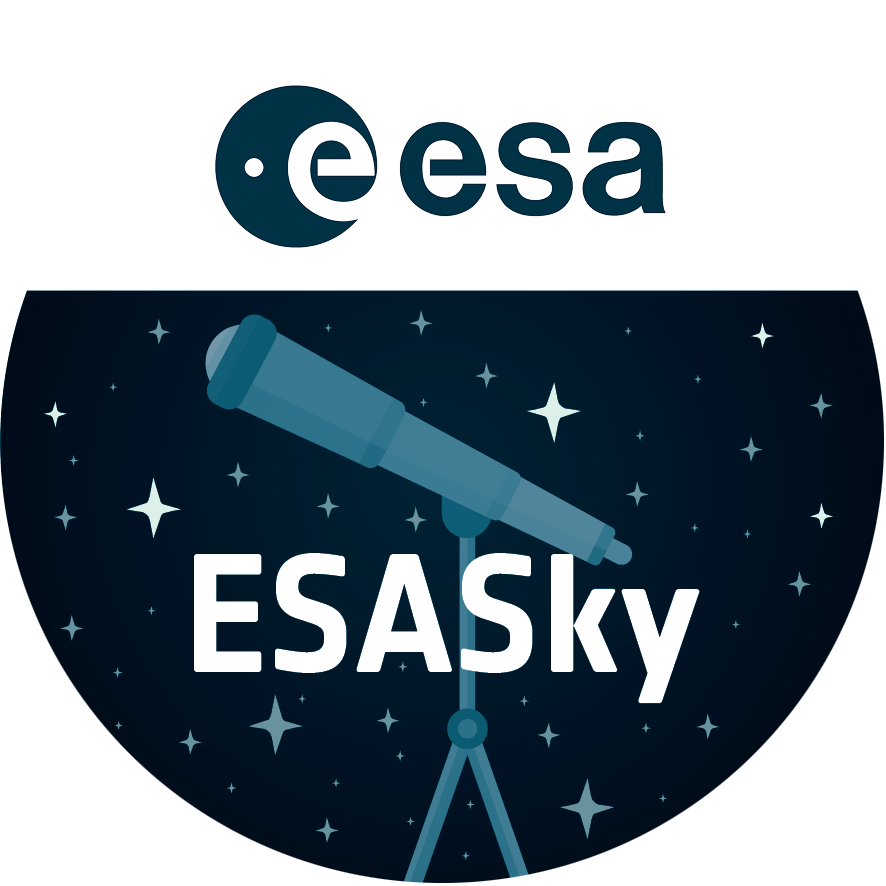NASA Space Observatories Glimpse Faint Afterglow of Nearby Stellar Explosion
Intricate wisps of glowing gas float amid a myriad of stars in this image created by combining data from the NASA/ESA Hubble Space Telescope and Chandra X-ray Observatory. The gas is a supernova remnant, cataloged as N132D, ejected from the explosion of a massive star that occurred some 3,000 years ago. This titanic explosion took place in the Large Magellanic Cloud, a nearby neighbor galaxy of our own Milky Way.
Credit:About the Image
About the Object
| Name: | Large Magellanic Cloud, LMC, N 132D |
|---|---|
| Type: | Local Universe : Nebula : Type : Supernova Remnant |
| Distance: | 170000 light years |
| Constellation: | Dorado |
| Category: | Nebulae |
Classic Wallpapers
Coordinates
| Position (RA): | 5 25 1.70 |
|---|---|
| Position (Dec): | -69° 38' 32.99" |
| Field of view: | 3.19 x 2.61 arcminutes |
| Orientation: | North is 128.0° right of vertical |
Colours & filters
| Band | Wavelength | Telescope |
|---|---|---|
| Optical B | 475 nm |
Hubble Space Telescope
ACS |
| Optical V | 550 nm |
Hubble Space Telescope
ACS |
| Optical H-alpha + Nii | 658 nm |
Hubble Space Telescope
ACS |
| Infrared I | 775 nm |
Hubble Space Telescope
ACS |
| Infrared Z | 850 nm |
Hubble Space Telescope
ACS |
| X-ray |
Chandra
ACIS |


